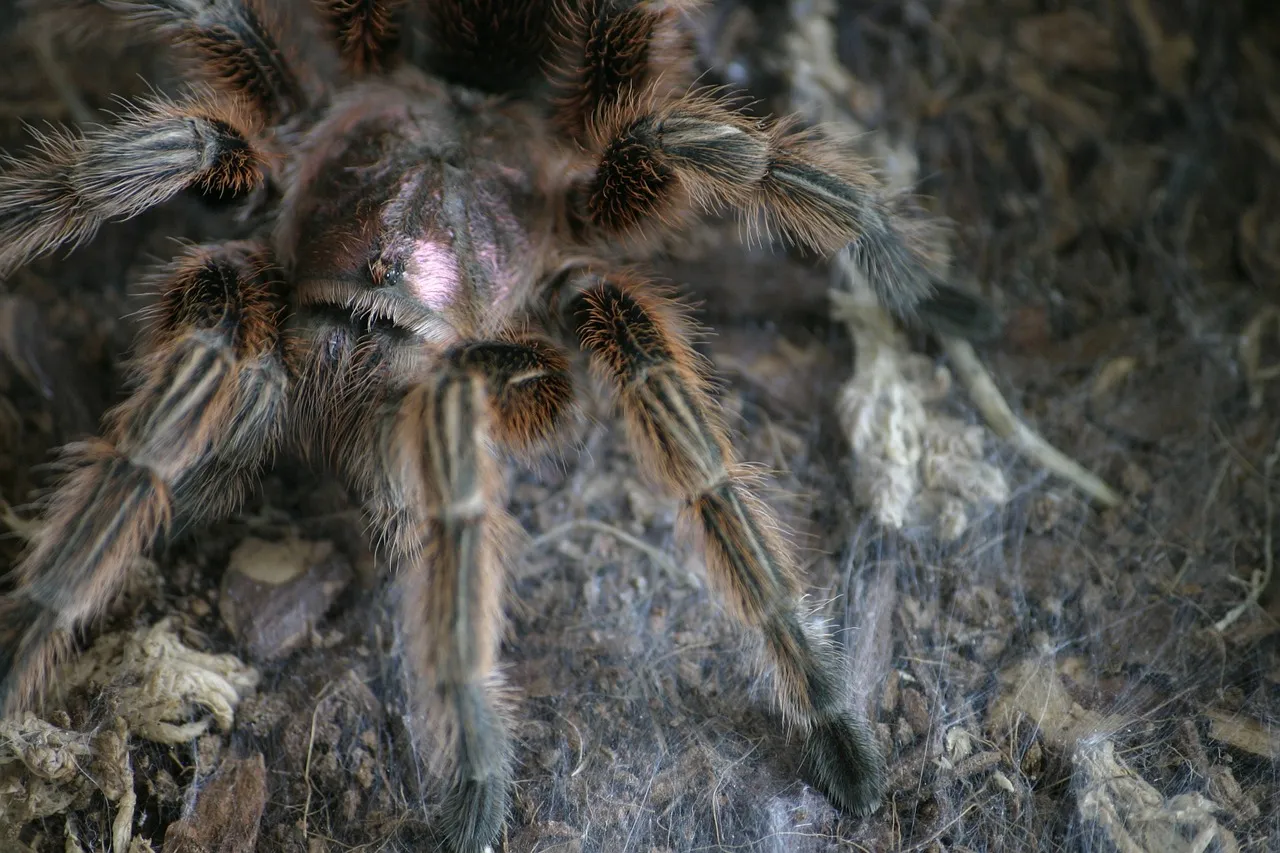Chilean Rose Tarantula Basic Care Needs
The Chilean Rose Tarantula, also known as the Rose Hair Tarantula, is a popular pet due to its docile nature and relatively simple care requirements. This guide provides essential information for responsible tarantula ownership, focusing on the key aspects of their well-being. Understanding these needs ensures a healthy and happy tarantula. This species is native to the arid regions of Chile, Argentina, and Bolivia, so replicating a similar environment is crucial for their survival in captivity. Remember, providing the right environment is the cornerstone of successful tarantula care, allowing them to thrive and exhibit their natural behaviors.
Enclosure Requirements
Creating a suitable enclosure is the first step in providing proper care. The habitat should provide a secure and comfortable environment for your tarantula to thrive. A well-designed enclosure mimics their natural habitat and promotes their overall health.
Size and Type of Enclosure
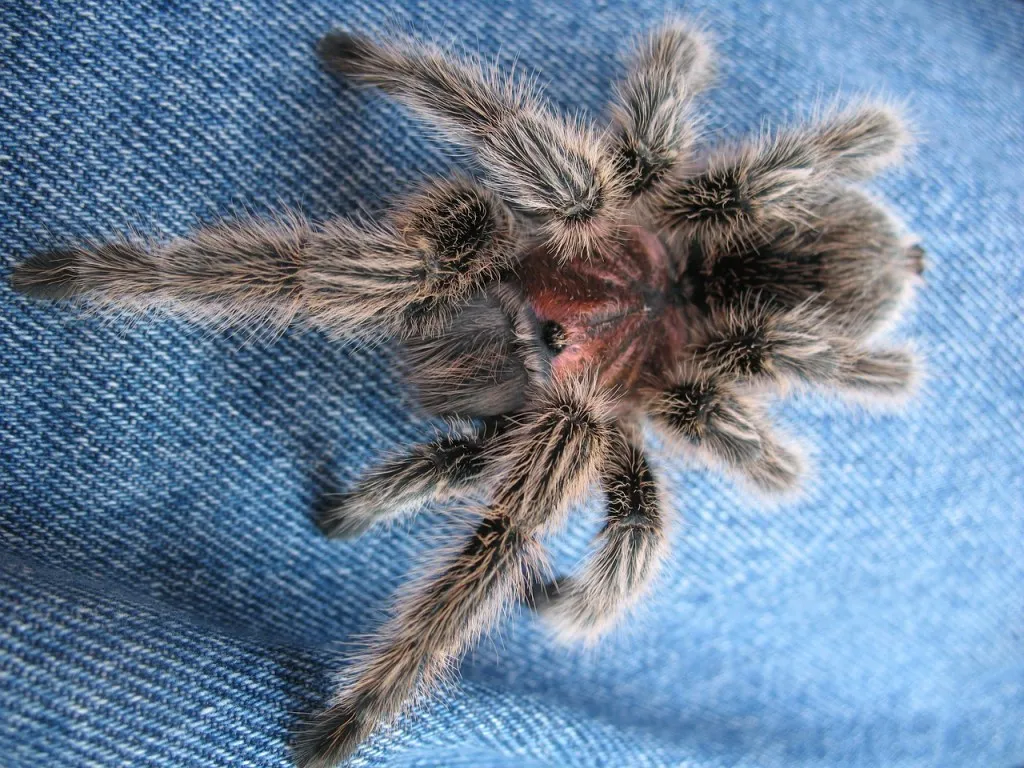
A good rule of thumb is to provide an enclosure that is at least three times the tarantula’s leg span in width. A 10-gallon tank or a similar sized plastic terrarium is usually sufficient for an adult Chilean Rose Tarantula. The enclosure should be escape-proof with a secure lid. Ventilation is also vital, so ensure that there are small air holes or mesh to allow for airflow and prevent the buildup of condensation. Vertical space is less important for this terrestrial species, but some height can be beneficial.
Substrate and Furnishings
The substrate, the material at the bottom of the enclosure, should be several inches deep to allow for burrowing. A mixture of peat moss, coconut fiber, and a small amount of vermiculite works well. This substrate retains moisture, allowing for proper humidity levels. Provide a hide, such as a piece of cork bark or a half-log, for your tarantula to retreat to. Other decorations, such as artificial plants, can be added to enhance the enclosure and provide a more natural environment. The tarantula needs to feel safe and secure in its environment. See the image of the enclosure with the right substrate and hide.
Temperature and Humidity
Maintaining the right temperature and humidity levels is crucial to the health of your Chilean Rose Tarantula. These environmental factors influence their appetite, activity level, and overall well-being. Regular monitoring and adjustments are required to keep the environment stable and suitable for the tarantula. Providing an incorrect environment will stress the tarantula and make them inactive. They are fairly hardy, so the environment need not be exact, only within reasonable bounds.
Optimal Temperature Range

The ideal temperature range for a Chilean Rose Tarantula is between 75-85°F (24-29°C). While they can tolerate slightly cooler temperatures, maintaining a consistent temperature within this range is best. Avoid placing the enclosure in direct sunlight or near heat sources that could cause fluctuations. A thermometer placed inside the enclosure is essential for monitoring the temperature. A small heat mat placed on the side of the enclosure can help maintain the temperature in cooler environments. Ensure the heat mat is regulated with a thermostat to prevent overheating.
Humidity Levels
Chilean Rose Tarantulas thrive in humidity levels between 60-70%. Regular misting of the enclosure, using a spray bottle with dechlorinated water, can help maintain this humidity. Misting once or twice a week is usually sufficient. Monitor the humidity with a hygrometer placed inside the enclosure. Adjust the frequency of misting based on the humidity levels. Good ventilation is also essential to prevent mold and mildew growth. The substrate should be damp but not soaking wet. The image shows the right humidity and temperature levels inside the enclosure.
Feeding Your Chilean Rose Tarantula
A proper diet is essential for your tarantula’s health and growth. Understanding the dietary needs of your Chilean Rose Tarantula ensures they receive the necessary nutrients to thrive in captivity. Feeding a varied diet and providing appropriately sized prey will promote healthy development.
Dietary Needs and Food Types
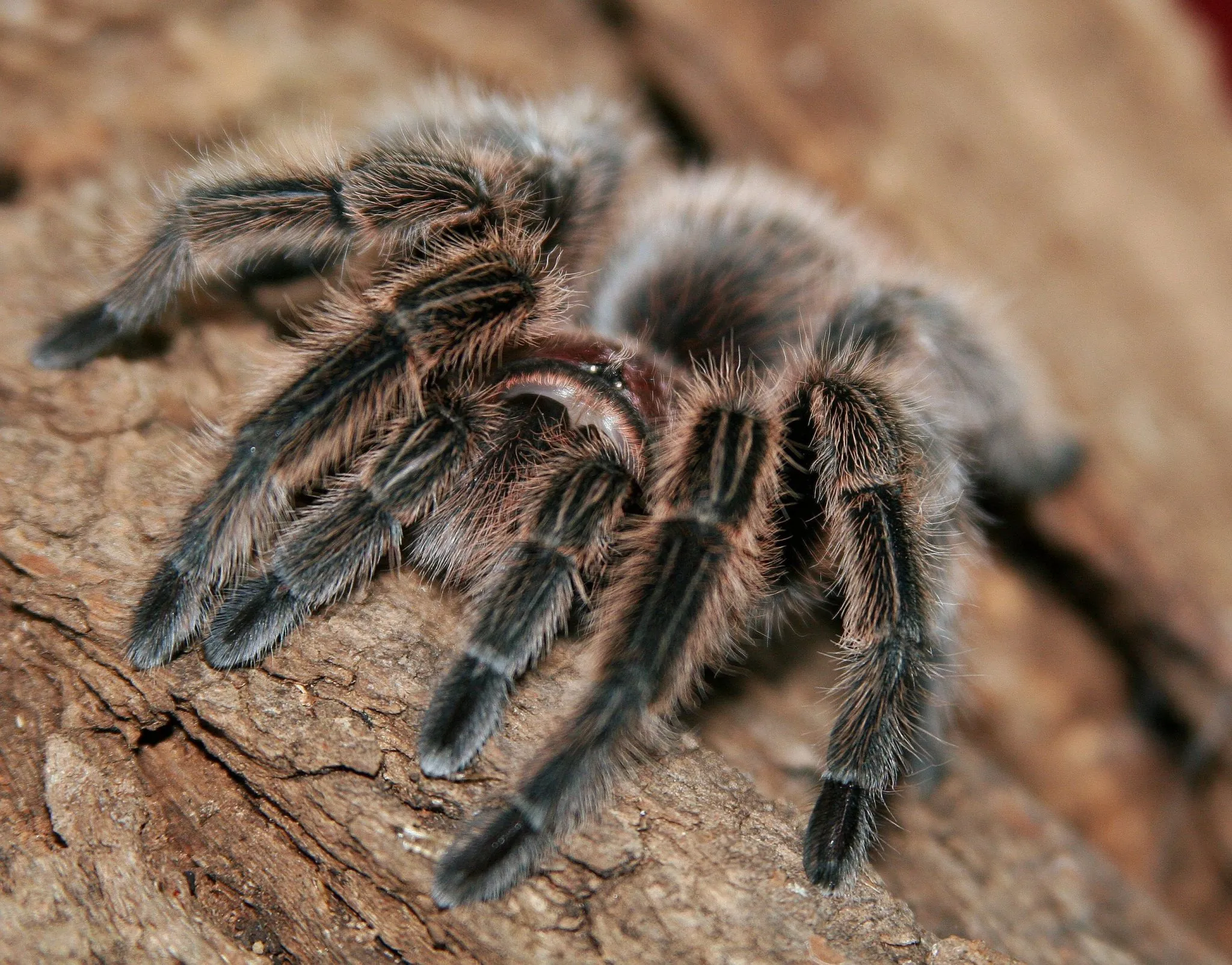
Chilean Rose Tarantulas are primarily insectivores, meaning they eat insects. A variety of insects, such as crickets, mealworms, and roaches, can be offered. The size of the insects should be appropriate for the size of the tarantula; the prey should generally be no larger than the tarantula’s body. Always provide insects that are gut-loaded, meaning they have been fed nutritious food prior to being offered to your tarantula. This enhances the nutritional value of the prey. Avoid feeding wild-caught insects, as they may carry parasites or pesticides.
Feeding Frequency
Feeding frequency depends on the tarantula’s age and size. Spiderlings should be fed two to three times a week. As the tarantula grows, you can reduce the feeding frequency to once or twice a week. Adults can often be fed once every one to two weeks. Observe your tarantula’s behavior; if it consistently refuses food, it may be preparing to molt. Remove any uneaten prey within 24 hours to prevent them from stressing or harming the tarantula. A well-fed tarantula will have a plump abdomen. Check the image of a tarantula feeding.
Watering and Hydration
Providing clean water is essential for your tarantula’s health and hydration. Tarantulas need access to fresh water at all times to maintain their bodily functions and prevent dehydration. The method of providing water should be safe, clean, and easily accessible to your tarantula.
Water Source and Bowl Size

A shallow water dish is essential. The dish should be shallow enough to prevent drowning, especially for smaller tarantulas. A bottle cap or a shallow dish made of non-toxic material is suitable. Ensure the water dish is stable and cannot be easily tipped over. The water dish should be placed in a location where the tarantula can easily access it. Regularly check the water dish to ensure it is full and clean. See the image of the water source for your pet.
Maintaining Water Quality
Use dechlorinated water or bottled spring water to prevent harmful chemicals from harming your tarantula. Tap water often contains chlorine and other chemicals that can be detrimental to tarantulas. Change the water in the dish at least once or twice a week, or more frequently if it becomes soiled. Clean the water dish thoroughly when changing the water. This will help prevent the buildup of bacteria and algae, keeping the water fresh and safe for your tarantula. Make sure your pet is properly hydrated.
Handling and Safety Precautions
While Chilean Rose Tarantulas are generally docile, handling them should be done with caution and respect. Proper handling techniques and understanding their behavior are crucial to ensure the safety of both the tarantula and the handler. Tarantula bites can be painful, and it is important to minimize the risk of being bitten.
Safe Handling Practices

If you choose to handle your tarantula, do so with care. Avoid sudden movements or actions that could startle the tarantula. Handle them over a soft surface, such as a bed or a couch, to minimize the risk of injury if they fall. Never handle a tarantula if you are unsure of its temperament or are feeling nervous. Always wash your hands before and after handling to prevent the spread of bacteria. Keep the tarantula close to the ground. Check the image that shows handling techniques.
Understanding Tarantula Behavior
Observe your tarantula’s behavior to understand its mood. A tarantula that is defensive or agitated may raise its front legs, flick hairs from its abdomen, or display a threat posture. If your tarantula displays these behaviors, it is best to leave it alone. Avoid handling them when they are about to molt. Learn about tarantula body language and signs of stress. This knowledge can enhance the handling experience and improve your ability to care for your pet.
Health and Common Issues
Understanding the common health issues that can affect Chilean Rose Tarantulas is crucial for providing proper care. Recognizing the signs of illness and addressing any problems promptly can significantly improve your tarantula’s health and lifespan. Regular observation and preventative measures will help keep your tarantula healthy and happy.
Recognizing and Addressing Health Problems
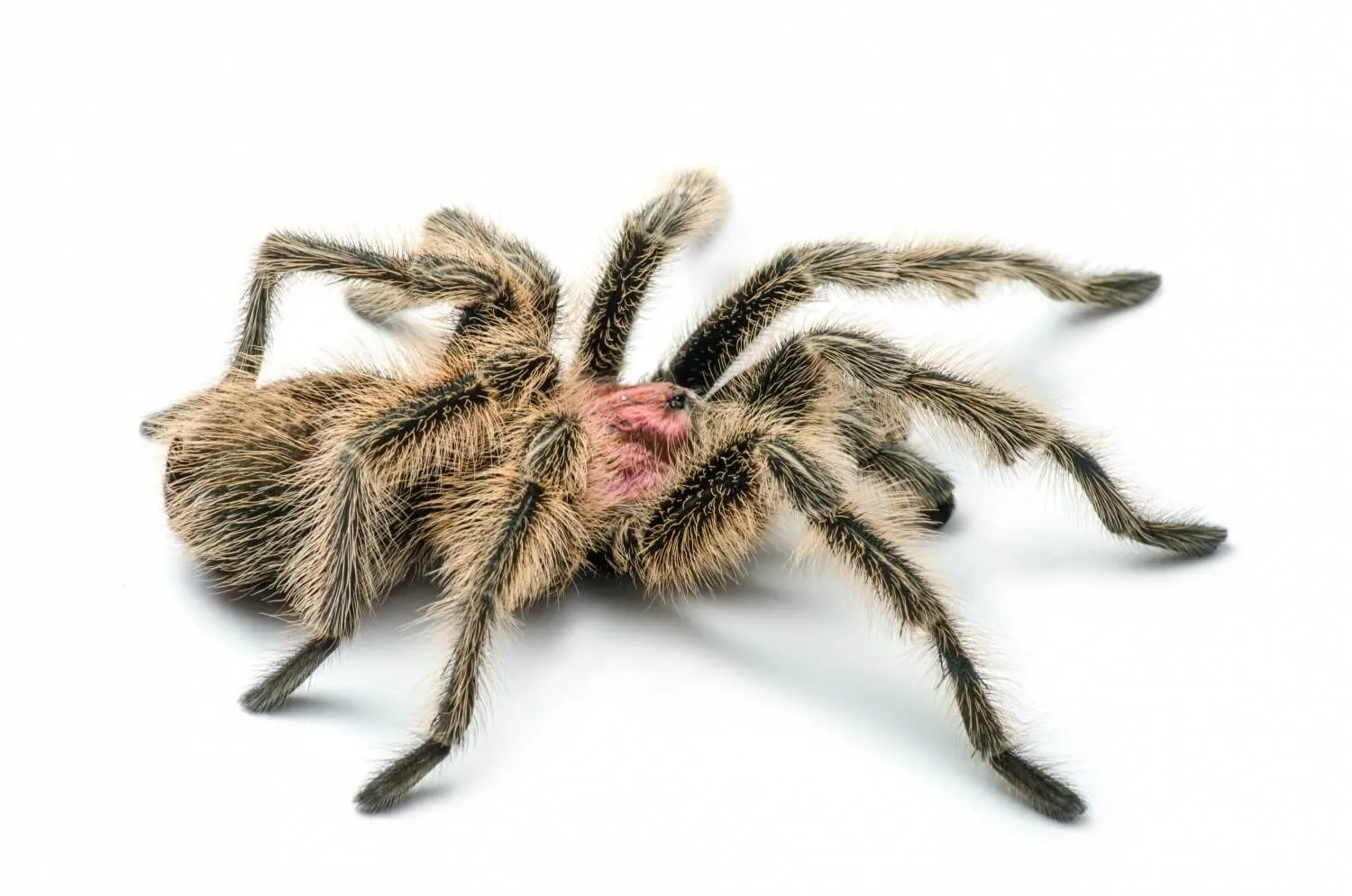
Some signs of illness in tarantulas include loss of appetite, lethargy, unusual posture, and discharge. If you notice any of these symptoms, consult with a veterinarian experienced in exotic animals. Parasites are rare in captive-bred tarantulas, but they can still occur. Mites can be a problem if the enclosure is not kept clean. Isolate a sick tarantula from other tarantulas to prevent the spread of disease. Provide supportive care, such as maintaining the correct temperature and humidity, and ensure the tarantula has access to fresh water. A sick tarantula should be seen to by an expert, see the image.
Shedding and Molting
Molting is a natural process where tarantulas shed their exoskeleton to grow. During this process, the tarantula will stop eating, become less active, and may retreat to a hide. The process can take several hours or even days, depending on the size and age of the tarantula. Do not disturb the tarantula during molting. Provide a humid environment to help the tarantula shed its exoskeleton. After molting, the tarantula’s new exoskeleton will be soft, so avoid feeding it for a few days until the exoskeleton hardens. Check the image for the molting process.
Lifespan and Breeding
Understanding the lifespan and breeding behavior of Chilean Rose Tarantulas helps in planning for the long-term care of your pet. Knowing the life cycle of these tarantulas is important for responsible pet ownership, and can provide insights into their natural history and behavior.
Lifespan of Chilean Rose Tarantulas
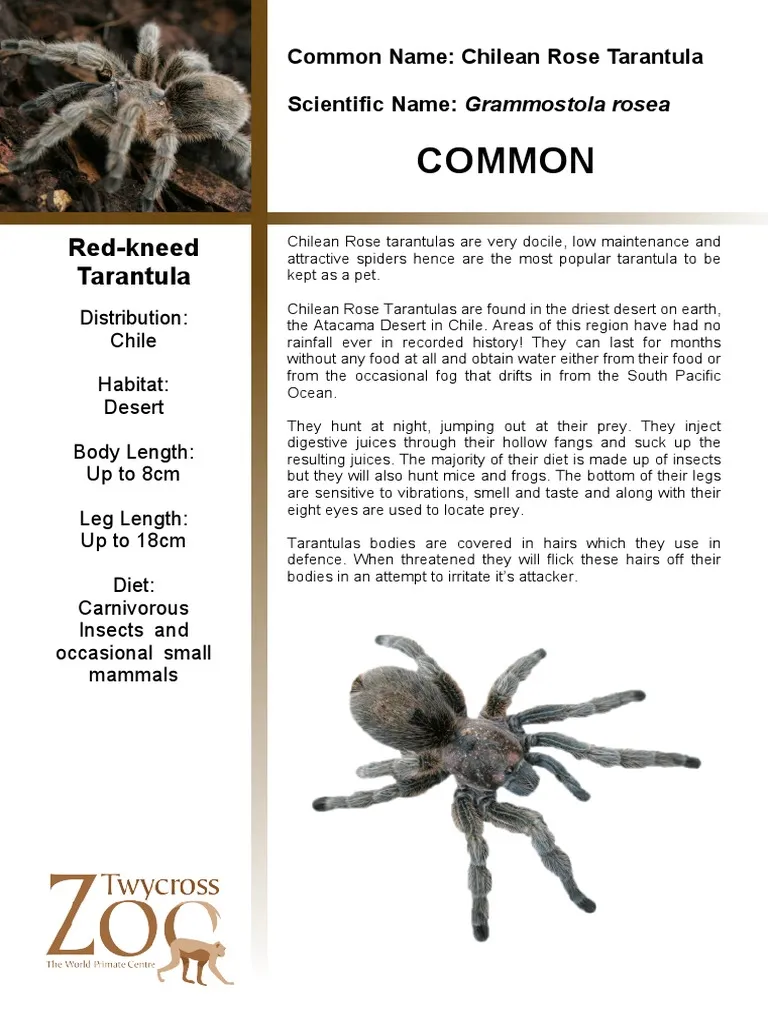
Chilean Rose Tarantulas can live for a considerable amount of time. Females typically live for 10-20 years, while males have a shorter lifespan, usually 5-10 years. The lifespan can vary depending on factors such as care, diet, and overall health. Providing optimal care can help maximize your tarantula’s lifespan. Keep in mind that as a pet owner, you have a long-term commitment.
Breeding Considerations
Breeding Chilean Rose Tarantulas is possible, but it requires specific knowledge and experience. The breeding process involves introducing a mature male to a mature female. If successful, the female will lay an egg sac containing hundreds of spiderlings. Raising spiderlings requires a significant amount of space, food, and care. Breeding tarantulas is a complex undertaking, and it is advisable to research thoroughly before attempting to breed them. If you are not prepared for breeding, it is best to avoid it and focus on providing the best possible care for your pet.
